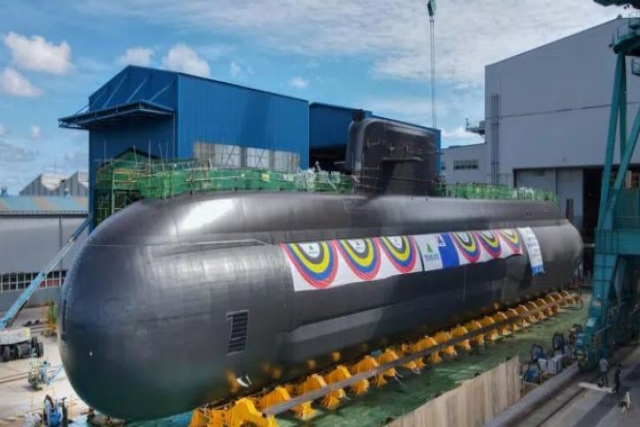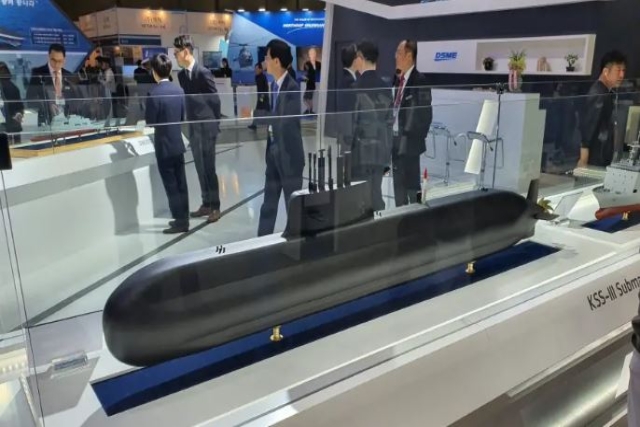South Korea Starts Constructing Second Jangbogo-Ⅲ Batch-Ⅱ Submarine
This submarine is scheduled for completion by 2026, followed by a sea trial, and delivery to the Navy in 2028.

South Korea’s Defense Acquisition Program Administration (DAPA) held a groundbreaking ceremony for the second Jangbogo-Ⅲ Batch-Ⅱ submarine on July 12 at Hanwha Ocean Co., Ltd. in Geoje-si, Gyeongsangnam-do.
Officials from the Navy, shipyards, and DAPA attended the event.
The ceremony marked the start of full-scale shipbuilding, with the first block of the hull placed on the dry dock. This follows the groundbreaking ceremony for the first Jangbogo-Ⅲ Batch-Ⅱ submarine held in March 2023.
The second Jangbogo-Ⅲ Batch-Ⅱ submarine will include 70 domestically produced equipment items, including 12 new types, such as the lithium battery system. This aims to reduce reliance on imported equipment and parts and provide advantages in securing overseas submarine orders.
Hanwha Ocean Co., Ltd. has implemented enhanced quality control and improved work skills to minimize defect rates. Safety measures for shipbuilding sites have also been established.
The second submarine is scheduled for completion by 2026, followed by a sea trial, and delivery to the Navy in 2028. The first submarine is expected to be launched in the first half of 2025, with construction of the third submarine set to begin in the second half of 2024.
The Jangbogo-Ⅲ Batch-Ⅱ submarines will feature improvements in weight, size, detection and targeting capabilities, and noise reduction technology. They will be equipped with a lithium battery system, aiming to improve underwater operational sustainability and safety.
Since 2016, a dedicated on-shore testing facility at the Korea Electrotechnology Research Institute has conducted continuous testing and verification of the lithium battery systems. Safety diagnostics have been carried out jointly with experts from academia, industry, and research.
The Jang Bogo 3 Batch-II is designed with vertical launch tubes for submarine-launched ballistic missiles (SLBMs). The submarine, weighing 3,600 tons and measuring about 90 meters in length, features larger launch tubes to deploy SLBMs, accommodating missile systems of different navies. The submarine's internal layout includes two decks, housing a 50-member crew, and notably, female crew members will serve onboard for the first time, with dedicated living spaces.
Powered by a diesel-electric propulsion system and air-independent propulsion (AIP), the submarine's AIP system enables extended underwater operations without surfacing for oxygen, setting a world record for continuous operation among diesel submarines.












